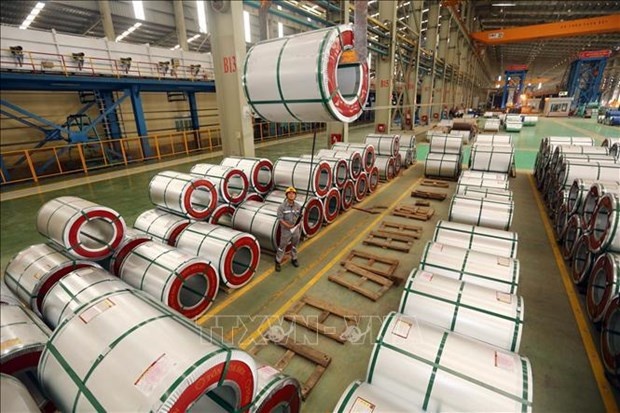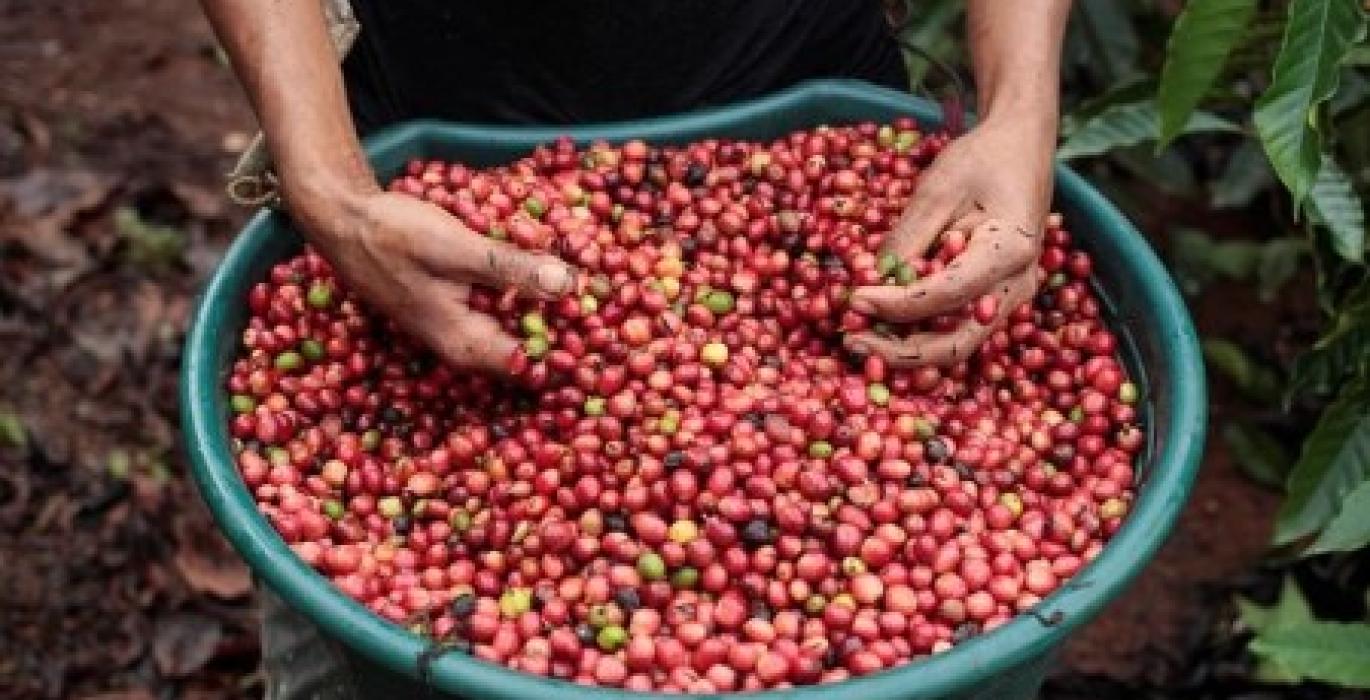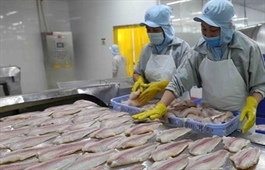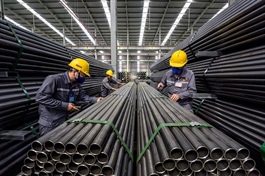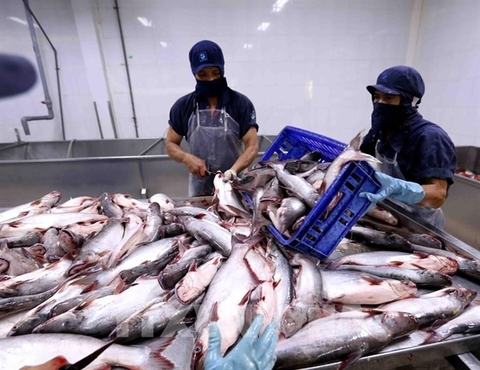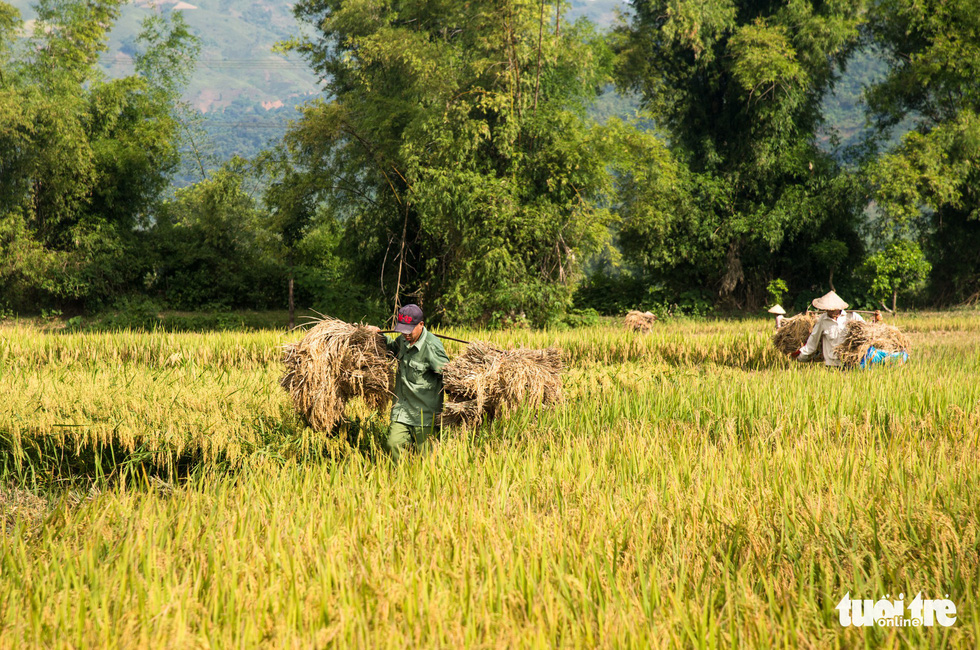Cement, clinker exports experience unsustainable growth
Cement, clinker exports experience unsustainable growth
Despite strong export growth, the cement sector still exports clinker more than cement, leading to unsustainable growth, experts say.
Growing demand from China
According to the Building Materials Department of the Ministry of Construction, in the context of decreased domestic sales due to COVID-19 impacts, 2021 cement and clinker exports soared to more than 45 million tonnes in volume and nearly US$1.8 billion in value, with the average export price of US$39 per tonne. Of the total, clinker exports accounted for a much higher percentage than cement. In 2020, Vietnam exported 38 million tonnes of cement and clinker, earning US$1.46 billion. Thanks to export results beyond expectations, the cement sector achieved a growth rate of two percent in 2021.
|
The Building Materials Department said that in the past, domestic sales and exports accounted for 70 percent and 30 percent of total sales, respectively, but in recent years, the gap has been reduced. In 2021, domestic sales accounted for 58 percent, and exports for 42 percent.
Importer demand for Vietnamese cement and clinker has increased strongly, especially from China and Bangladesh. China was the largest export market of Vietnamese cement and clinker in 2021, with 25 million tonnes, accounting for 55 percent of total export volume, and value reaching about US$920 million, and an average export price of US$36.7 per tonne. Other major importers included the Philippines (7.5 million tonnes worth US$338 million), Bangladesh (about four million tonnes worth US$130 million). Experts say exports of the cement sector grow unsustainably because the sector exports clinker more than cement.
Appropriate strategy needed
Aiming to restrict the export of non-renewable resources, Government Decree 101/2021/ND-CP dated November 15, 2021 proposes increasing the export tax for clinker from five percent to 10 percent, starting January 1, 2023, in order to reduce mineral exports.
|
Accordingly, the Ministry of Finance has asked the government for permission to increase the export tax for clinker from five percent to 10 percent. The ministry explained that although cement and clinker exports help the cement sector bring into play domestic production capacity, this solution is unsustainable in the long term because cement and clinker production depends mostly on the exploitation of non-renewable resources. Moreover, increasing cement and clinker exports will lead to the exhaustion of domestic resources and cause harmful impacts on the environment due to the use of electricity at low costs during the production process.
A representative of the Vietnam National Cement Association said that a 10 percent clinker export tax would hinder the cement sector’s export efforts.
However, SSI Research predicted that increasing the export tax will not have a heavy impact on clinker export volume. In the next several years, the center expects domestic production capacity will increase 10-15 percent. Along with a decline in export, this will lead to fiercer competition in the domestic market, especially in the northern and central regions where new projects are concentrated and a higher export rate is recorded compared with other parts of the country.
Pham Van Bac, Director of the Building Materials Department, said the Ministry of Construction will soon send a document to businesses and the Vietnam National Cement Association to regulate clinker exports.
Cement businesses should be aware that from 2023, cement exports to developed countries must meet strict requirements in terms of carbon dioxide (CO2) content. If CO2 content is maintained at the current level, they will have to pay higher taxes. Obviously, to further develop, cement businesses should practice green production to minimize adverse impacts on the environment.
| The Prime Minister’s Decision 1266/QD-TTg dated August 18, 2020 approved the strategy to develop building materials until 2030, with an orientation to 2050. Stipulating that the export volume of cement and clinker must not exceed 30 percent of the design capacity, the strategy aims to regulate cement and clinker exports to ensure that most of production output is sold domestically. |





